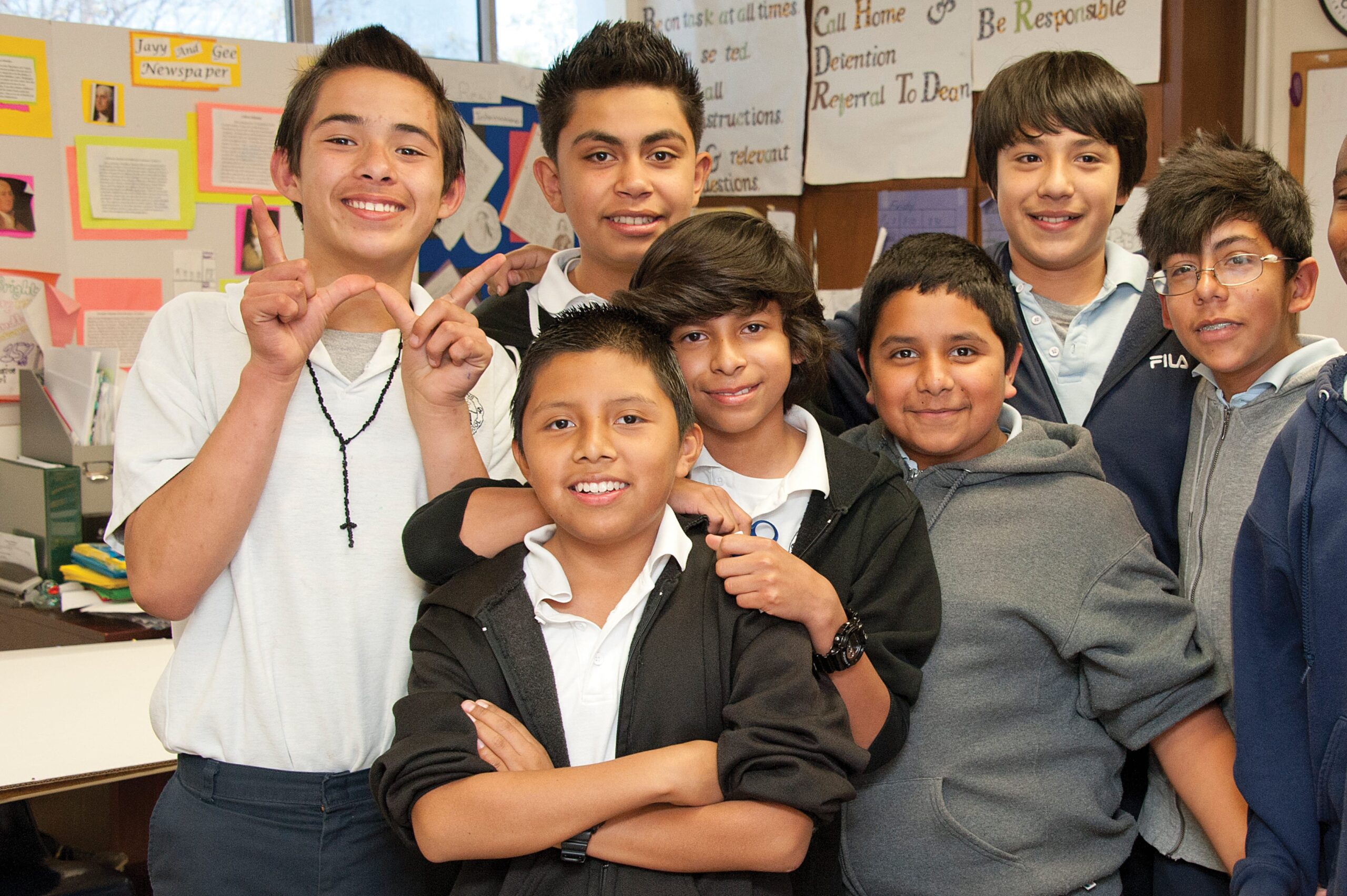 The National Alliance of Public Charter Schools is continuing their ongoing work to address common misunderstandings about charter schools, such as charter school funding. Their first campaign launched was “The Truth about Charter Schools,” which focused on myths repeated and the actual facts about charter schools. They created infographics and other materials shared across social media and advocacy outreach to various states that illustrated how these myths create confusion about charter school funding, what charter schools are and the important part they play in serving educational needs of students.
The National Alliance of Public Charter Schools is continuing their ongoing work to address common misunderstandings about charter schools, such as charter school funding. Their first campaign launched was “The Truth about Charter Schools,” which focused on myths repeated and the actual facts about charter schools. They created infographics and other materials shared across social media and advocacy outreach to various states that illustrated how these myths create confusion about charter school funding, what charter schools are and the important part they play in serving educational needs of students.
Their latest effort, #ChartersWork, addresses the current state of charter schools within today’s political climate. Even with the monumental growth over the past five years (three million students attending nearly 7,000 charter schools), the parent demand for more school choice goes unmet and there are still more than one million students on charter school waiting lists.
We are happy to support the National Alliance’s latest efforts toward busting common myths about charter schools. Stay tuned for our own series of Myths and Facts related to charter schools, their structure, their funding, and their facilities options.
Month: July 2017
 The Charter School Program (CSP) funding was increased in the House Labor -HHS Appropriations bill on July 13, 2017. The bill earmarks $28 million increase for CSP. Below is a statement from the National Alliance for Public Charter Schools with their position.
The Charter School Program (CSP) funding was increased in the House Labor -HHS Appropriations bill on July 13, 2017. The bill earmarks $28 million increase for CSP. Below is a statement from the National Alliance for Public Charter Schools with their position.
“…the House Labor-HHS Appropriations Subcommittee demonstrated support for public charter schools by recommending a $28 million increase to the Charter Schools Program (CSP), for a total of $370 million in FY 2018. This crucial funding would allow more high-quality public charter schools to open, expand and replicate—giving more students access to the great public school options they need and deserve. We are grateful to Chairman Cole, who provided this increase even when faced with a tight allocation that was several billions of dollars below last year’s level,” said Nina Rees, President and CEO of the National Alliance.
“However, the allocation remains too low, and must be raised. Once again, we urge Congress—in the strongest possible terms—to lift the cap on non-defense discretionary spending. We continue to support the Administration’s proposed level of $500 million for CSP in FY 2018. With a higher budget cap, Congress can reach that goal and provide students with even more access to public charter schools and other critical programs. We look forward to continued progress as the House bill moves to full committee and the Senate takes up its appropriations work.”